The Vicissitudes of Touch: Annotations on the Haptic
by Rizvana Bradley
The late queer theorist Eve Kosofsky Sedgwick is known for her tenacious commitment to the indeterminate possibilities that nondualism might offer sustained inquiries into minor aesthetics, politics, and performance. In the introduction to Touching Feeling: Affect, Pedagogy, Performativity, Sedgwick turns to touch and texture as particularly generative heuristic sites for opening the book’s avowed project: exploring “promising tools and techniques for nondualist thought and pedagogy.”1 Moving through psychoanalysis, queer theory, and sexuality studies, the text probes entanglements of intimacy and emotion, desire and eroticism, that animate experience and draw social life into the myriad folds of material and nonlinguistic relations. As Lauren Berlant asserts of Sedgwick’s text, “the performativity of knowledge beyond speech – aesthetic, bodily, affective – is its real topic.”2
2 Ibid., back cover.
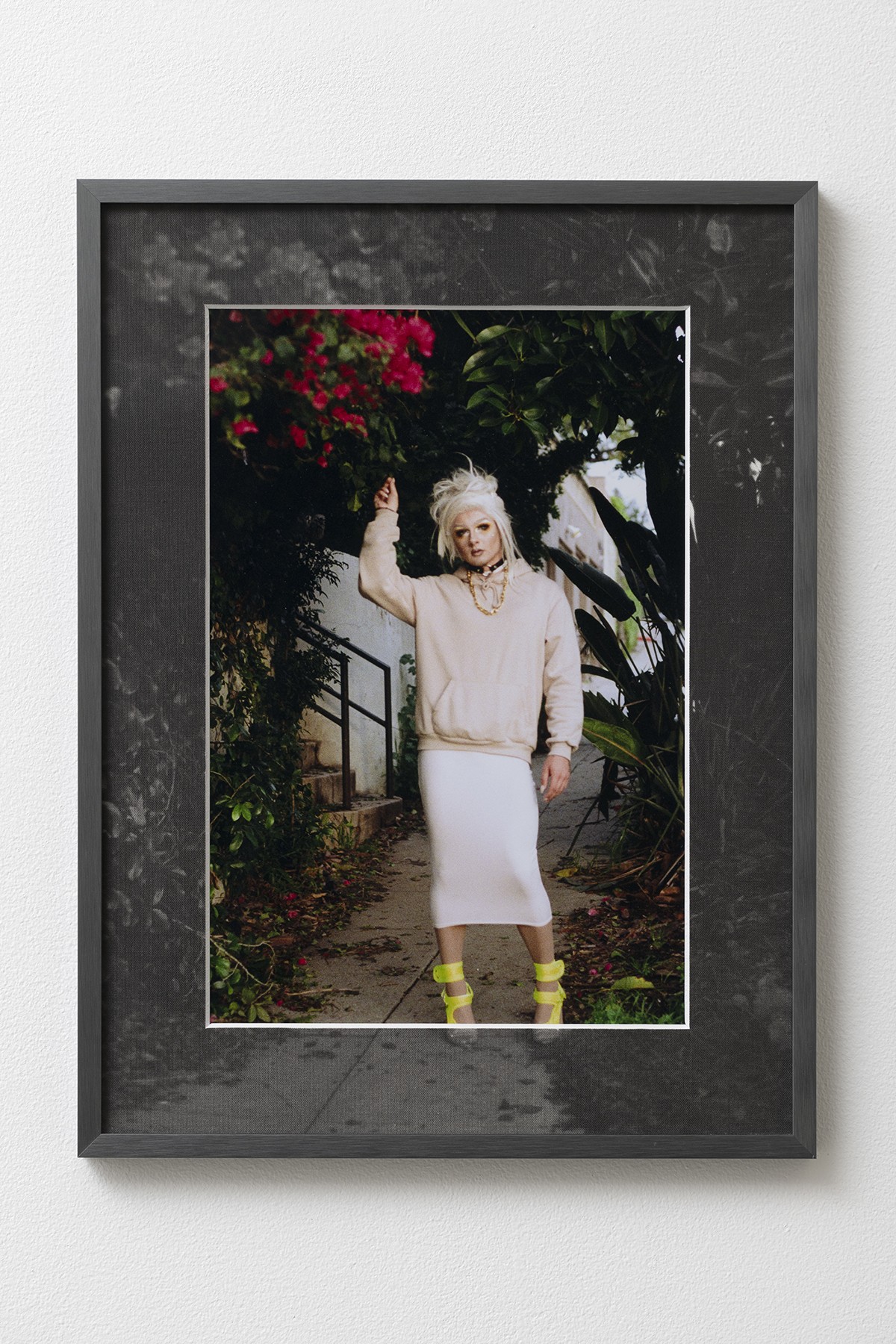

One of Sedgwick’s most important and enduring legacies is a radically queer heuristic that endeavors to make the imperceptible and obscure relationships between affect, pedagogy, and performativity theorizable, without reproducing the limits and burdens of epistemology (even antiessentialist epistemology), with its “demand on essential truth.”3 For Sedgwick, texture and touch offer potential instances of sidestepping or evading the foreclosures of structure and its attendant calcification of subject-object relations, a pivot towards antinormative pedagogies of reading and interpretation. Following Henry James, Sedgwick suggests that “to perceive texture is always, immediately, and de facto to be immersed in a field of active narrative hypothesizing, testing, and re-understanding of how physical properties act and are acted upon over time,” to become engaged in a series of speculative departures rather than analytical arrivals.4 Similarly, Sedgwick finds in the sense of touch a perceptual experience that “makes nonsense out of any dualistic understanding of agency and passivity.”5 Particularly relevant for our purposes is Sedgewick’s turn to the registers of difference between texture and texxture as a guide for thinking about forms of desire, perception, and interpretation that exceed normative modalities of belonging in, being with, and making sense of the world.
4 Ibid., 13.
5 Ibid., 14.

Teasing out the implications of Renu Bora’s taxonomy of textural difference, Sedgwick tells us that:
“Bora notes that ‘smoothness is both a type of texture and texture’s other.’ His essay makes a very useful distinction between two kinds, or senses, of texture, which he labels ‘texture’ with one x and ‘texxture’ with two x’s. Texxture is the kind of texture that is dense with offered information about how, substantively, historically, materially, it came into being. A brick or metal-work pot that still bears the scars and uneven sheen of its making would exemplify texxture in this sense. But there is also the texture – one x this time – that defiantly or even invisibly blocks or refuses such information; there is texture usually glossy if not positively tacky, that insists instead on the polarity between substance and surface, texture that signifies the willed erasure of its history.”6
Paradoxically, it is precisely the failure of texture to erase the internal historicity that would appear to be self-evidently registered on the surface of texxture, which allows Sedgwick to effectively grant the former an elusive depth, declaring that, “however high the gloss, there is no such thing as textural lack.”7 Meanwhile, texxture’s presumably inescapable depth seems to recede across the surficial “scars and uneven sheen” that are read as the signatures of its making. For Sedgwick, one of the primary implications of these phenomenological variegations and perplexities is that texture, “in short, comprises an array of perceptual data that includes repetition, but whose degree of organization hovers just below the level of shape or structure…[the] not-yet-differentiated quick from which the performative emerges.”8 In this way, “texture seems like a promising level of attention for shifting the emphasis of some interdisciplinary conversations away from the recent fixation on epistemology…by asking new questions about phenomenology and affect,” for what “texture and affect, touching and feeling…have in common is that…both are irreducibly phenomenological.”9
7 Ibid.
8 Ibid., 16, 17.
9 Ibid., 21.
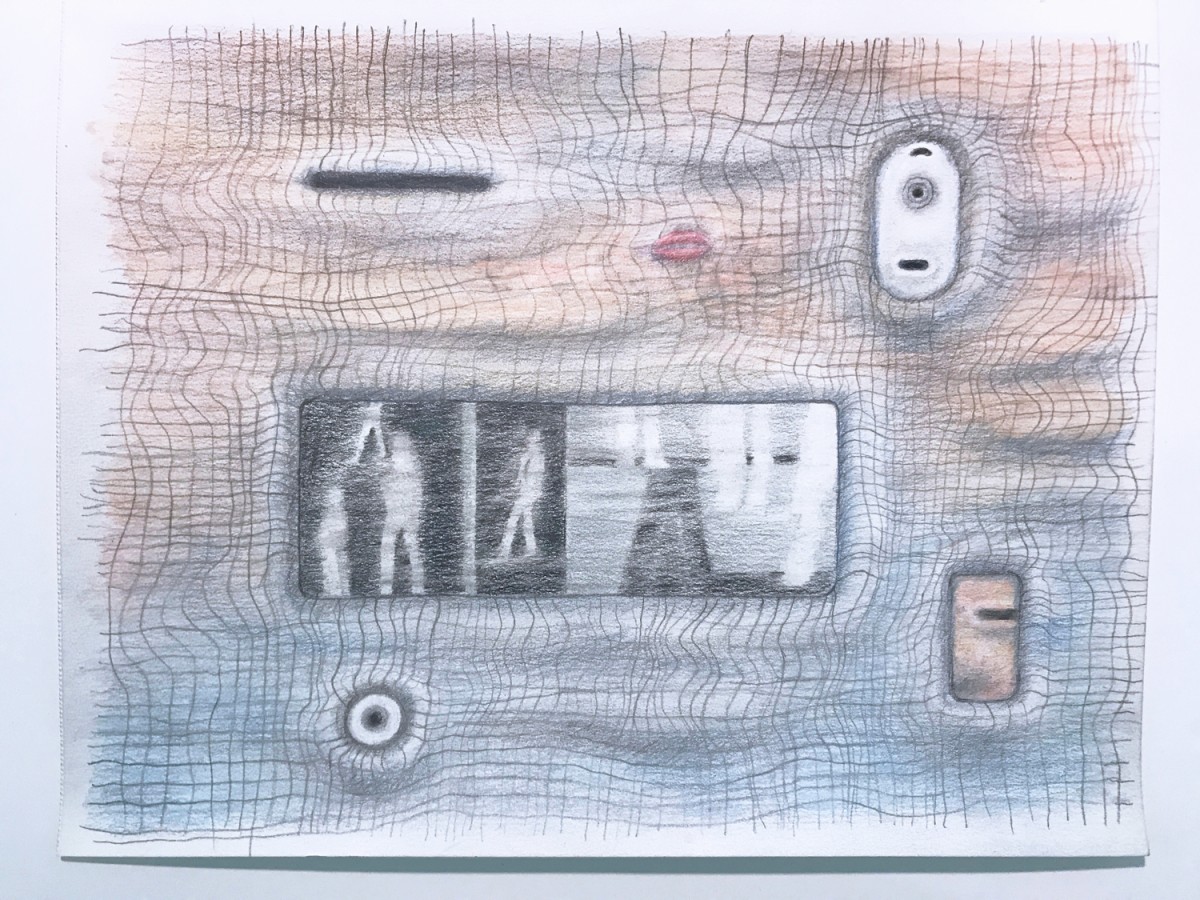
One the one hand, Sedgwick’s turn to texture divulges extra-linguistic affiliations that performatively surprise, facilitating an erotic retrieval of subjective and aesthetic non-mastery that continues to resonant with ongoing critiques of the aesthetic. And yet, while Sedgwick’s assertions about affectivity and touch facilitate an opening for a theoretical re-evaluation of notions of agency, passivity, and self-perception, they are also deeply problematic. For what does phenomenology, which takes the body as our “point of view in the world,”10 have to say to those who, following Frantz Fanon, have only ever been granted the dissimulation of a body, “sprawled out, distorted, recolored, clad in mourning[?]”11 What of those whose skin is constantly resurfaced as depthless texxture, a texxture whose surficial inscriptions are read as proxies for the historicity that the over-glossed surface would seek to expunge, even as its efforts seem belied by nostalgia? In other words, Sedgwick’s ruminations disclose an undeclared, but nevertheless central, conceit that has significant implications for thinking about the bearing of form on ontology: namely that, for Sedgwick, the texturized valences of touch are implicated in, rather than in the violent displacement from, the symbolic economy of the human.
In theorizing touch, might we trouble the presumption that aesthetics, subjectivity, and desire - or more precisely their entwinement - are necessarily embedded within the normative regime of the human? I am interested, in other words, in how Sedgwick’s observations on touch might occasion, even as they displace, a different set of interrelated questions regarding ontological mattering and the fashioning of aesthetic subjectivity. Calvin Warren’s assertion that “[q]ueer theory’s ‘closeted humanism’ reconstitutes the ‘human’ even as it attempts to challenge and, at times, erase it,”12 demands we reconsider any theory (about the queerness) of touch that has yet to grapple with its universalist underpinnings. It would seem that queer theory, even one as vigorously attuned to the textured rediscovery of minor forms as Sedgwick’s, nevertheless conceives desire, sexuality, and gender as co-extensive with the erotic architecture of the (queerly differentiated/differentiating) human subject.
11 Frantz Fanon, Black Skins, White Masks (London: Pluto Press, 1986), 113.
12 Calvin Warren, Onticide: Afropessimism, Queer Theory, and Ethics (2017), 21. https://illwilleditions.noblogs.org/files/2015/09/Warren-Onticide-Afropessimism-Queer-Theory-and-Ethics-READ.pdf
Insofar as texxture bears the inscription of its material conditions of possibility, it should direct us toward a genealogy of substance at odds with surface appearance. At stake is what film theorist Laura Marks theorizes under the rubric of the haptic13 - the tactile, kinesthetic, and proprioceptive dimensions of touch, the irreducibly haptic valences of touch that pressure prevailing distinctions between substance and surface, inside and outside, body and flesh. A question at once animated and omitted by queer theory’s inquires into touch: how to theorize texxture with regard to a history of bodily wounding occasioned by touch, when it is texxture that is seized upon by the various proxies for touch that willingly or inadvertently redouble racial fantasies of violation? Thinking the haptic irreducibility of the aesthetic requires constant re-attunement to the violence touch occasions and to the violations which occasion touch. If touch is ultimately inextricable from the aesthetic economy of worldly humanity, then, apropos Saidiya Hartman, we are compelled to think about the violence that resides in our habits of worlding.14 Hapticality is a way of naming an analytics of touch that cannot be, let alone appear, within the onto-epistemological confines of the (moribund) world.
14 This was a formulation made by Hartman in our conversation during my curated event for the Serpentine Galleries, London. “Hapticality, Waywardness, and the Practice of Entanglement: A Study Day with Saidiya Hartman,” 8 July, 2017.
Without even addressing the massive implications that attend the frequent conflation of being with body, what cleaves to being within the context of critical theory’s alternately residual or unapologetic phenomenology, is a corporeal subject whose situatedness within and for the world is not only predetermined, but whose predetermination is taken for granted as the condition of possibility for sentient touch. That is to say, touch cannot be understood apart from the irreducibly racial valences and demarcations of corporeality in the wake of transatlantic slavery.
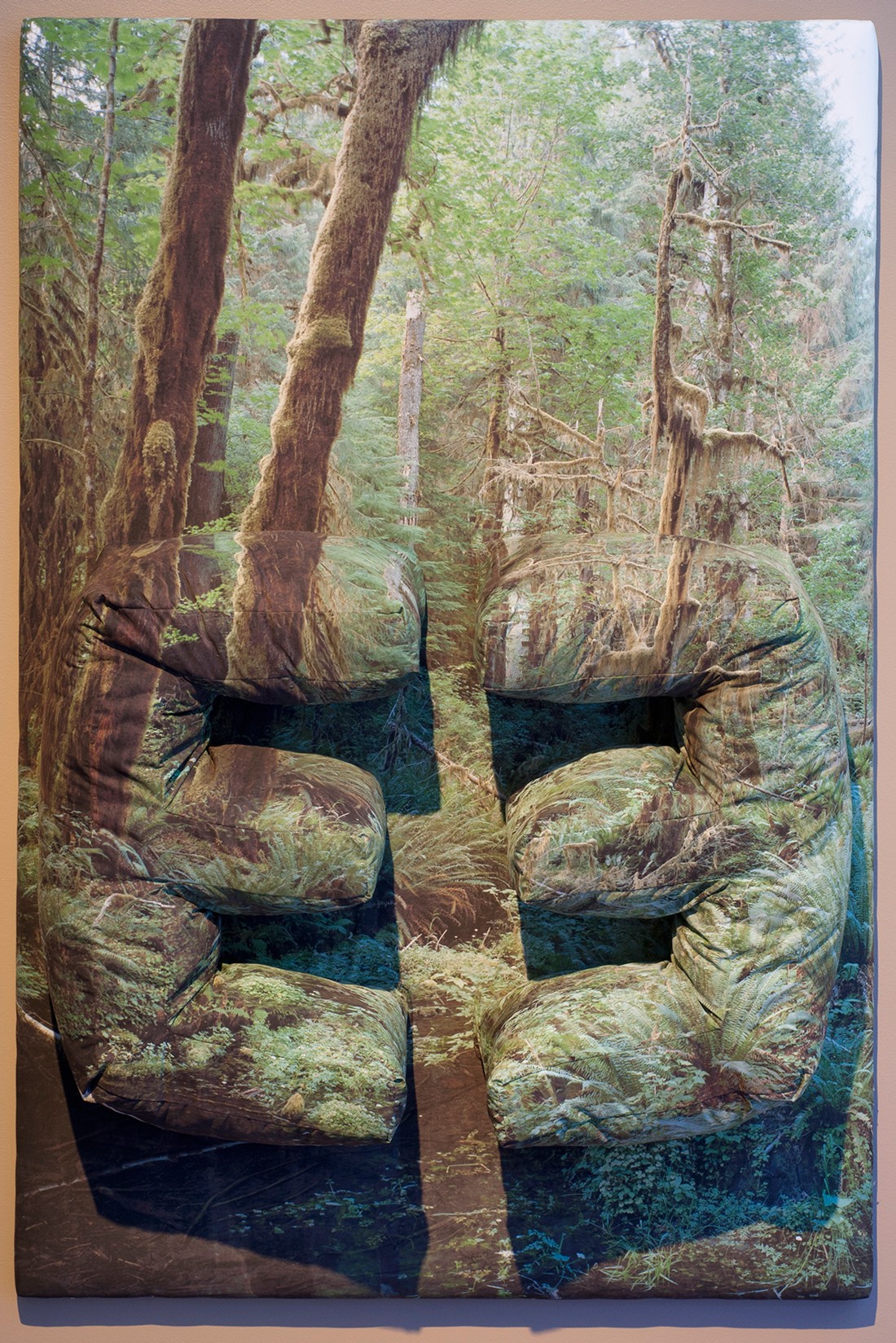
In her landmark essay, “Mama’s Baby, Papa’s Maybe: An American Grammar Book,” Hortense Spillers theorizes one of the central cleavages of the modern world, wrought and sundered in the cataclysmic passages of racial slavery: that of body and flesh, which Spillers takes as the foremost distinction “between captive and liberated subjects-positions”: “before the “body” there is the “flesh,” that zero degree of social conceptualization that does not escape concealment under the brush of discourse or the reflexes of iconography.”15 Flesh is before the body in a dual sense. On the one hand, as Alexander Weheliye stresses, flesh is “a temporal and conceptual antecedent to the body[.]”16 The body, which may be taken to stand for “legal personhood qua self-possession,”17 is violently produced through the “high crimes against the flesh.”18 On the other hand, flesh is before the body in that it is everywhere subject to and at the disposal of the body. The body is cleaved from flesh, while flesh is cleaved by the body. This diametric arrangement of corporeal exaltation and abjection is registered, as Spillers emphasizes, in “the tortures and instruments of captivity,” those innumerable, unspeakable brutalities by which flesh is irrevocably marked.
16 Alexander G. Weheliye, Habeas Viscus: Racializing Assemblages, Biopolitics, and Black Feminist Theories of the Human (Durham: Duke University Press, 2014), 39. For a contrasting interpretation, see R.A. Judy’s erudite, just published, Sentient Flesh: Thinking in Disorder, Poiēsis in Black (Durham: Duke University Press, 2020), xvi, 210: “flesh is with and not before the body and person, and the body and person are with and not before or even after the flesh.”
17 Weheliye (2014), 39.
18 Spillers (1987), 67.
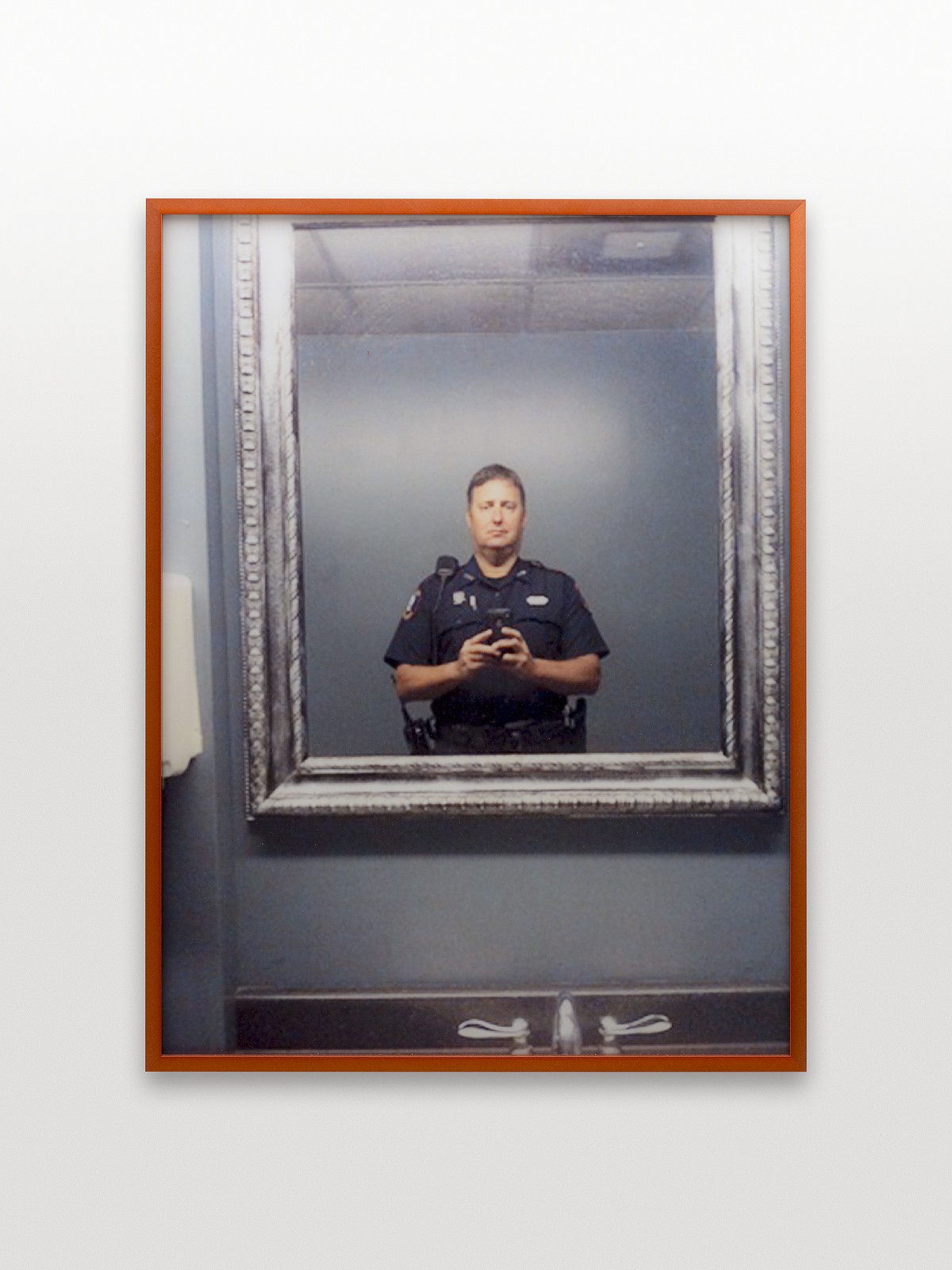
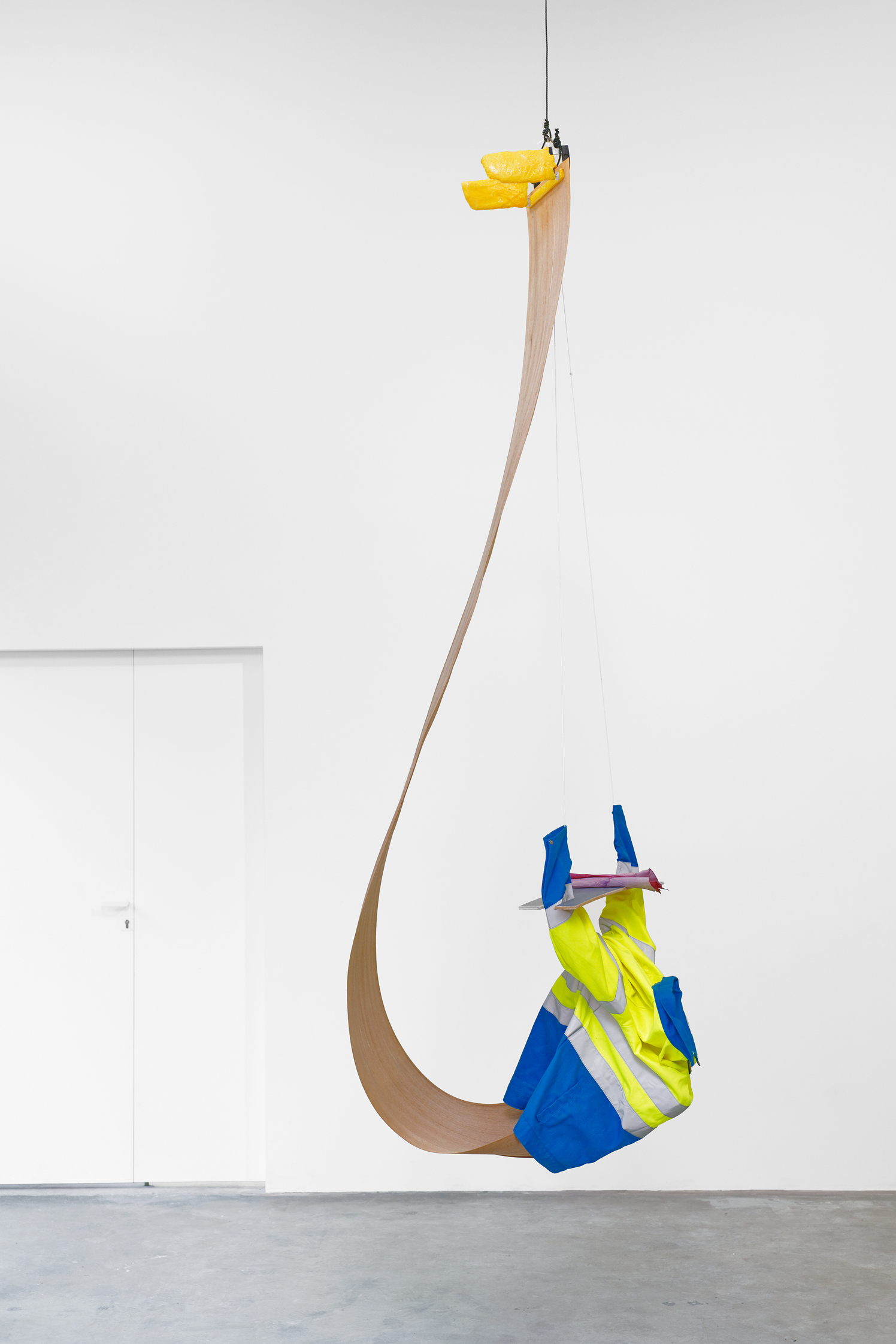
Speaking at a conference day I curated for the Stedelijk Museum of Art and Studium Generale Rietveld Academy in 2018, entitled “There’s a Tear in the World: Touch After Finitude,” Spillers revisited her classic essay, drawing out its implications for thinking through questions of touch and hapticality.19 For Spillers, touch “might be understood as the gateway to the most intimate experience and exchange of mutuality between subjects, or taken as the fundamental element of the absence of self-ownership…it defines at once, in the latter instance, the most terrifying personal and ontological feature of slavery’s regimes across the long ages.”20 To meaningfully reckon with “the contradictory valences of the haptic” is to “attempt an entry into this formidable paradox, which unfolds a troubled intersubjective legacy – and, perhaps, troubled to the extent that one of these valences of touch is not walled off from the other, but haunts it, shadows it, as its own twin possibility.”21 Spillers follows with an unavoidable question: “did slavery across the Americas rupture ties of kinship and filiation so completely that the eighteenth century demolishes what Constance Classen, in The Deepest Sense: A Cultural History of Touch, calls a ‘tactile cosmology’?” If so, then the dimensions of touch which are understood as “curative, healing, erotic, [or] restorative” cannot be held apart from the myriad “violation[s] of the boundaries of the ego in the enslaved, that were not yet accorded egoistic status, or, in brief, subjecthood, subjectivity.”22
20 Ibid.
21 Ibid.
22 Ibid.
Touch, then, evokes the viscous, desperate attempts of the white, the settler, to feign the ontic verity, stability, and immutability of an irreducibly racial subject-object (non-)relation through what Frank B. Wilderson III would call “gratuitous violence”23 as much as it does the corporeal life of intra- and intersubjective relationality and encounter. If even critical discourse on these latter, corporeal happenings tends to assume the facticity of the juridically sanctioned pretense to self-possession Spillers calls “bodiedness,” then “flesh describes an alien entity,” a corporeal formation fundamentally unable to “ward off another’s touch…[who] may be invaded or entered or penetrated, so to speak, by coercive power” in any given place or moment. It is, in other words, precisely “the captive body’s susceptibility to being touched [that] places this body on the side of the flesh,”24 a susceptibility which is not principally historical, but ontological. Black life is being-touched.
24 Spillers (2018). As these quotations are drawn from Spillers’s talk rather than a published text, the emphasis placed on the word being is inferred from her spoken intonation.
To linger with the political, ethical, and analytic questions that emerge from the entanglements of hapticality, aesthetics, and violence, questions that are unavoidable for those given to blackness, is to confront “[t]he hold’s terrible gift,” as Fred Moten and Stefano Harney maintain, “to gather dispossessed feelings in common, to create a new feel in the undercommons.”25 And, as Moten has subsequently reminded us, violence cannot be excised from the materiality of this terrible gift, which is none other than black art: “Black art neither sutures nor is sutured to trauma. There’s no remembering, no healing. There is, rather, a perpetual cutting, a constancy of expansive and enfolding rupture and wound, a rewind that tends to exhaust the metaphysics upon which the idea of redress is grounded.”26 Hapticality traverses an ante-formal metaphysics that promises neither redemption nor emancipation; hapticality is a gesture with and towards the abyssal revolution and devolution of the sensorium to which black people have already been subject, an enfleshment that has been, is, and will be the condition of possibility for “life in the ruins.”27
…
Rizvana Bradley is incoming Assistant Professor of Film and Media at UC Berkeley. She holds a BA from Williams College and a PhD from Duke University. Before coming to UC Berkeley, Bradley was an Assistant Professor in the History of Art and African American Studies at Yale, an Assistant Professor of Women’s, Gender and Sexuality at Emory University, and a Visiting Research Fellow in the Department of the History of Art at the University College London. Bradley is a recipient of a Creative Capital | Andy Warhol Foundation Arts Writers Grant. She was a Helena Rubinstein Critical Studies Fellow at the Whitney Museum of American Art in New York. Bradley has curated a number of academic arts symposia, including events at the British Film Institute, London, the Serpentine Gallery, London, and most recently, the Stedelijk Museum of Art, Amsterdam.
26 Fred Moten, Black and Blur (consent not to be a single being), (Durham: Duke University Press, 2017), ix.
27 Anna Lowenhaupt Tsing, The Mushroom at the End of the World: On the Possibility of Life in Capitalist Ruins (Princeton: Princeton University Press, 2015).